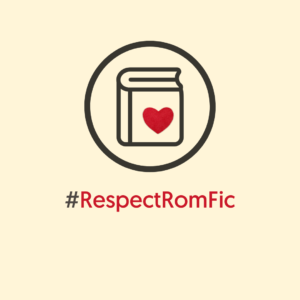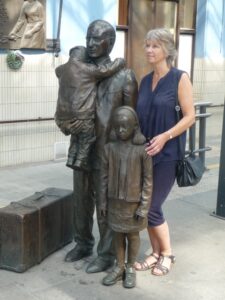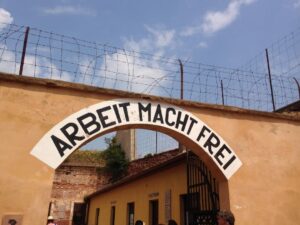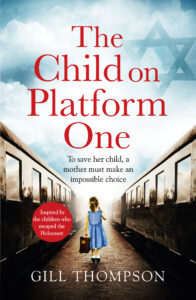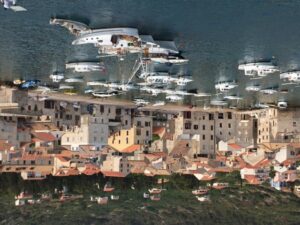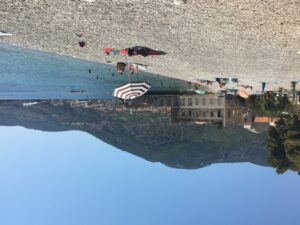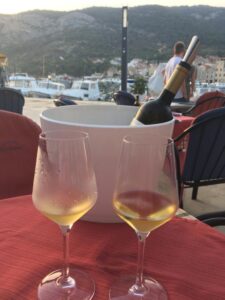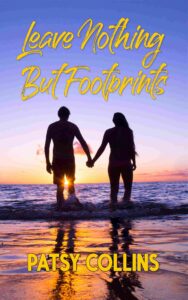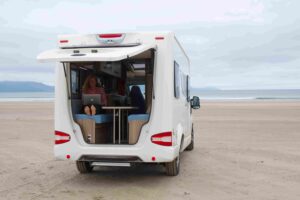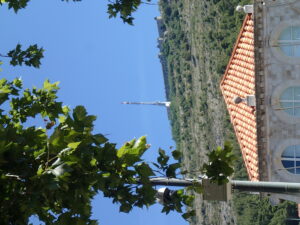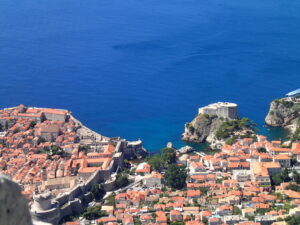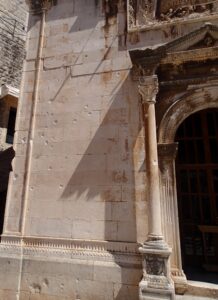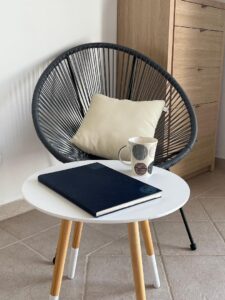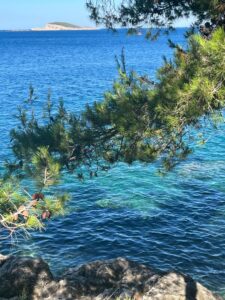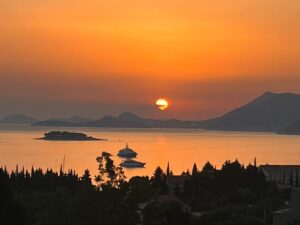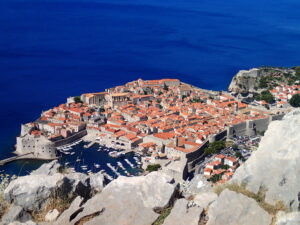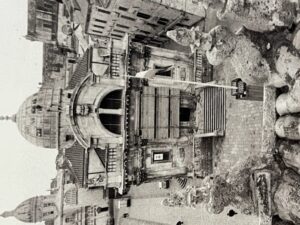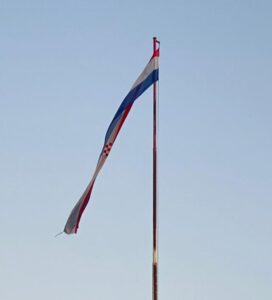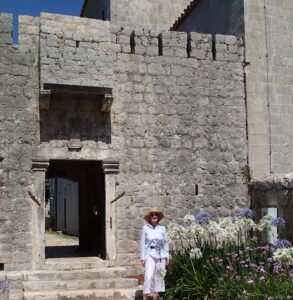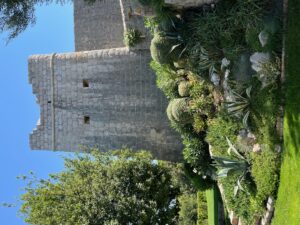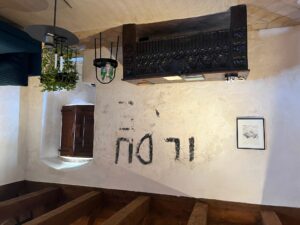In celebration of the #RespectRomFic campaign, today I’m sharing some ideas of how you can visit Croatia from the comfort of your own armchair – and perhaps even fall in love.
The classic summer read: The Getaway by Isabelle Broom
This sun-drenched holiday book is set on the island of Hvar, loved by international jetsetters and backpackers alike.
When Kate’s life falls apart in a spectacularly public manner she joins her brother in Hvar to disappear from the world and lick her wounds. But then she meets Alex, a loner with a secret to hide. As he shows her the beautiful island she begins to have feelings for him that seem to be reciprocated. But will he ever be able to confront his demons and move on? And can Kate be there for him if he does?
The romcom: The Secret Cove in Croatia by Julie Caplin
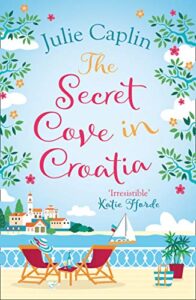 Many people’s first experience of Croatia is on a cruise around the islands, and one of these small luxury boats setting out from cosmopolitan Split is the setting for this book.
Many people’s first experience of Croatia is on a cruise around the islands, and one of these small luxury boats setting out from cosmopolitan Split is the setting for this book.
When no-nonsense Maddie Wilcox is offered the chance to work on a luxury yacht for the summer, she can’t say no. She will be waiting on the posh guests, but island-hopping around Dalmatia should more than make up for it – especially when Nick, her best mate’s brother, is one of them. In this will-they won’t-they romance, sparks fly when they meet on board and Maddie can’t believe self-entitled jerk Nick is really related to her friend. But in a secret, picture-perfect cove, away from the real world, Maddie and Nick discover they might have more in common than they realise.
The biography: The Girl Who Left by Debra Gavranich
Set in a small rural village on the island of Korcula during and after the Second World War, this biography is a love story too.
The author’s mother Marija’s Yugoslavian childhood was tough but happy – until first the Italians, and later the Germans, arrived to occupy their island. Her older sister fled to join the partisans and she was left, frightened and hungry, to cope with the rest of the family when she should have been in school. After the war her best chance of a bright future was to travel to Australia as a proxy bride, married to a man who had emigrated from the village years before, but who she had never met.
The dual timeline: An Island of Secrets by Eva Glyn
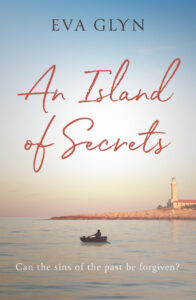 The smallest of apologies for including my own book, but I would so love take you to the island of Vis in Dalmatia, and in particular the small fishing town of Komiza.
The smallest of apologies for including my own book, but I would so love take you to the island of Vis in Dalmatia, and in particular the small fishing town of Komiza.
In 1944, British commando and SOE operative Guy Barclay is stationed there alongside Yugoslavian partisans. Not only does his war change when he witnesses a brutal execution, but he meets and falls in love with local fisherwoman Ivka. But can their love survive the war? Seventy years later Guy sends his investment banker granddaughter Leo to the same island. Battered and broken by a loveless marriage and her desire for a baby, she meets local travel agent Andrej. But are their worlds too far apart for their love to have a chance?
#RespectRomFic is a movement started by publishing luminaries to try to assure that romantic fiction is given the respect it deserves, and that matches its importance in readers’ lives – and its commercial value in the book market. For far too long the contribution to the literary landscape of the books written by the authors writing in the romance & saga space has been at best ignored, at worst dismissed. Show your support by using the hashtag to talk about your favourite romances.

